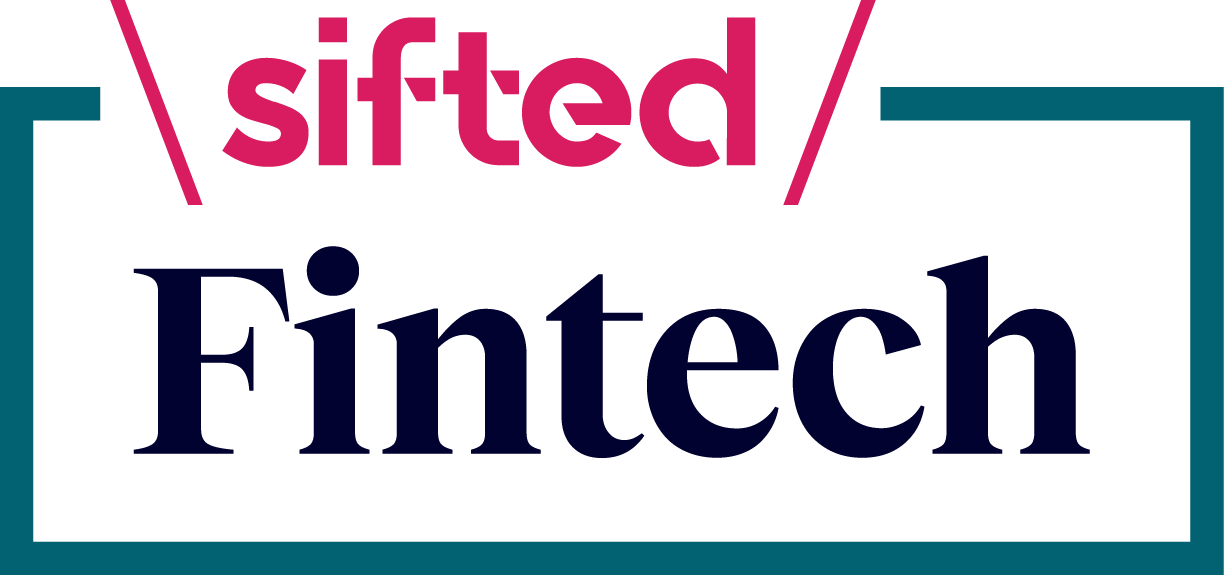Last year, the payments sector saw record investment, with ‘paytech’ deals in 2020 overtaking the total number of fintech deals in 2019.
This investment, coupled with the near total digitalisation of everyday life, has meant the sector has seen some major leaps forward.
Buy Now Pay Later (BNPL) schemes, embedded finance and incumbent-backed payment ventures have all seen a surge over the past year — but what payment innovations will continue to be hot as life returns to semi-normality?
We asked three payment experts what trends we should be keeping our eyes on.
1. Embedded finance will make payments even more seamless
Global ecommerce now makes up 19% of all retail sales, up from 16% the previous year. With this jump in online activity, consumers have increasingly high expectations that their online transactions be as seamless as possible.
Enter embedded finance, or when tech companies — like ride-sharing apps, social media platforms and online retailers — offer additional financial services, such as payment processing or even wealth management, alongside their usual offering. For example, Uber’s embedded finance element means that, at the end of a ride, you don’t need to pull out your cash or debit card; the payment is seamlessly taken from your account.
Uber also launched its own bank in 2019 called Uber Money, which gives drivers and couriers access to their earnings in real-time, as well as an Uber Visa debit and credit card.
And it’s not just for tech giants like Uber; embedded finance also offers non-financial businesses a regulatory infrastructure, making it easier for companies of all sizes to navigate the highly regulated industry. Yasamin Karimi, head of product at API provider Codat, told Sifted SMEs are also hopping on the embedded payments train.
“SMEs will play a key role in our economic recovery moving forward and for many, their survival will depend on their ability to access finance,” Karimi told Sifted. “Embedded finance offers SMEs flexibility and the ability to build safeguards into their strategies to help them successfully navigate this ongoing period of uncertainty.”
SMEs will play a key role in our economic recovery moving forward and for many, their survival will depend on their ability to access finance.
2. Buy Now Pay Later (BNPL) schemes aren’t going anywhere
Buy Now Pay Later schemes have become increasingly popular amongst consumers during the pandemic, and they’re regularly referred to as the fastest-growing payment option. A standout example is BNPL giant Klarna, which saw a 44% increase in its transactions during the first half of 2020, and 16m+ new users.
Karimi says BNPL’s quick adoption is due to it being equally beneficial to consumers and merchants alike: “The rise of BNPL benefits both consumers and providers — delivering commercial advantage for merchants, as well as offering a new interest-free alternative form of short-term credit for consumers and businesses,” says Karimi.
That doesn’t mean it’s completely smooth sailing; BNPL critics say the payment plan encourages people to splurge on things they can’t afford, and has less protections than a traditional credit card. Earlier this year, the UK government announced it will regulate BNPL schemes, making affordability checks on consumers mandatory.
The pandemic accelerated [BNPL], and I think the trend will only increase more over time. Whether these businesses will be regulated is a different question and that might slow down this growth.
Anders la Cour, CEO of B2B payments bank Banking Circle, predicts that while BNPL is here to stay, growth could slow as providers become increasingly regulated: “The pandemic accelerated the trend, and I think the trend will only increase more over time. Whether these businesses will be regulated is a different question and that might slow down this growth.”
3. Fintechs and incumbents will continue to play nice
While the two camps have long been seen as enemies, many predict 2021 as the year that fintech and incumbent partnerships really take off.
One area where incumbents can really help fintechs, according to Tanya Juul Kjaer, head of payments at open banking platform Tink, is when they scale into different countries.
“While we have seen a wave of innovation, access to local currency accounts and schemes across a wide range of markets remains a barrier for new entrants,” Juul Kjaer tells Sifted. “We expect incumbents to play a vital role in enabling fintech’s access to a banking infrastructure.”
We expect incumbents to play a vital role in enabling fintech’s access to a banking infrastructure.
And it’s not only banks that will help fintechs — it works both ways. Banking Circle’s la Cour also predicts startup partnerships will become increasingly important to strengthen areas where incumbents’ services might be lacking.
“We’ve had a lot of really interesting conversations around this which have been validated by research we commissioned at the end of last year,” la Cour says. “From talking to C-suite executives in banks across Europe, they definitely recognise the need to embrace fintech partnerships. And in a recent webinar we hosted, every single bank said they had plans for this kind of relationship.”
“From an incumbent bank perspective, they typically have their core competency in the country where they are domiciled. So for example, if you are a Germany-based bank, you're really good at servicing your clients in Germany. But if you want to expand outside your domestic core, you should partner with a payments specialist to enable you to achieve this,” la Cour told Sifted.
4. AI in payments is all about convenience
Payment companies rely on a huge amount of data, and AI models that can analyse consumer behaviour and automate processes better and faster than humans are in high demand.
“AI can be used to analyse financial data in real-time and understand customers’ financial behaviour in order to anticipate their future needs,” Karimi says. “More automation lowers costs and reduces error rates which is hugely important.”
For B2B payment startups and banks, using AI to reduce errors and detect fraud is essential. Money laundering has also grown rapidly, which has seen some financial institutions struggling with regulation. AI is increasingly being recognised as a tool which can combat this.
For consumers, convenience is the main selling point for AI-driven payment products. “What the consumer cares about is convenience, and it's obviously very convenient if you can just pay with your facial ID,” he says.
What the consumer cares about is convenience, and it's obviously very convenient if you can just pay with your facial ID.
The use of AI will also play a key role in post-Covid recovery for retailers continuing to face challenges as it offers a new avenue for growth. Increasingly retailers are offering BNPL schemes, for example, which rely on analysing consumer behaviour data like transaction history to decide whether or not to offer the financing alternative.
5. Request-to-pay could combine with BNPL schemes
Request-to-pay is a ‘pull’ payment; so instead of you pushing money to your bill provider or to another company, that company requests the amount it needs from you. Request-to-pay is a popular feature of fintech Monzo, and la Cour says it’s an area to watch.
“Request-to-pay is a very rational way for regulators to look at how payments should be done,” la Cour says. “If all banks participate in this, and it gets wide adoption, it's a very easy, safe and convenient way to deal with contractors.”
Request-to-pay is a very rational way for regulators to look at how payments should be done.
In a couple of years, la Cour predicts that request-to-pay could combine with BNPL schemes — being the next big fintech trend to watch.
"I think that with BNPL we’ll get another ‘glory time’, because request-to-pay could be combined with a BNPL scheme. For example, a very strong use case would be if as a consumer or a business you made a purchase, you would receive a request-to-pay notification for the purchased goods followed by an offer to pay for those goods in instalments. If you then approve the offer, payments would automatically be pulled from your account."
Visit here to find out how Banking Circle is revolutionising the B2B payments space.




